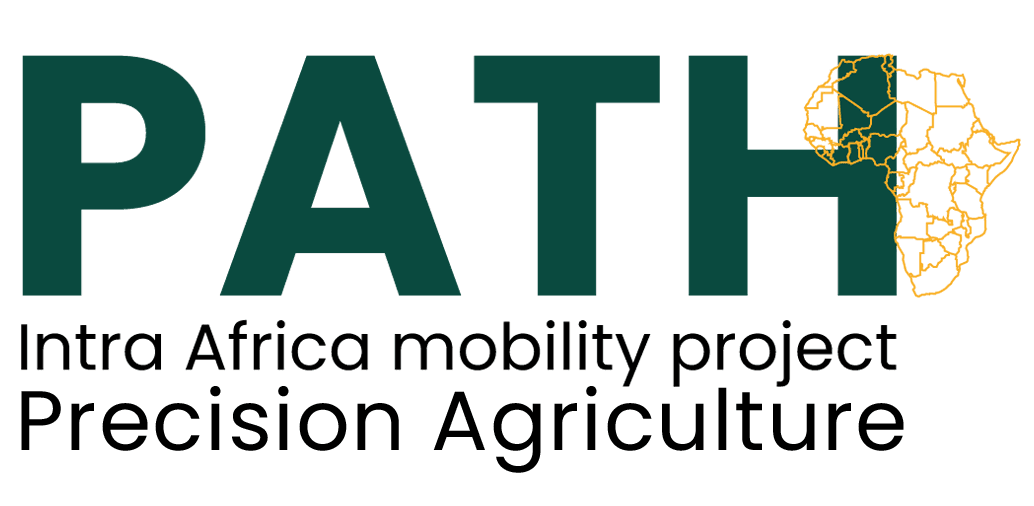Precision Agriculture (PA) is a farming management concept based on observing, measuring, and responding to inter and intra-field variability in crops. It utilizes advanced technologies such as GPS, remote sensing, drones, and IoT devices to gather real-time data on various factors affecting crop growth. This data-driven approach enables farmers to make informed decisions, optimizing inputs like water, fertilizers, and pesticides to achieve maximum yield with minimal environmental impact.
Key Technologies Driving Precision Agriculture
GPS and GIS Technology: Global Positioning System (GPS) and Geographic Information Systems (GIS) are fundamental to precision agriculture. They allow for precise mapping of fields and accurate tracking of machinery, ensuring efficient planting, fertilizing, and harvesting operations.
Remote Sensing and Drones: Remote sensing technologies, including drones equipped with multispectral and hyperspectral cameras, provide detailed imagery and data on crop health, soil conditions, and pest infestations. This information is crucial for timely interventions and targeted treatments.
IoT and Sensor Networks: The Internet of Things (IoT) and sensor networks facilitate real-time monitoring of soil moisture, temperature, and nutrient levels. These sensors provide continuous data streams, enabling precise irrigation and nutrient management, reducing waste and increasing efficiency.
Big Data and Analytics: The integration of big data analytics in precision agriculture allows for the analysis of vast amounts of data collected from various sources. This analysis helps in predicting trends, identifying patterns, and making data-driven decisions that enhance crop performance and farm management.
Benefits of Precision Agriculture
Increased Productivity: By optimizing the use of resources and inputs, precision agriculture significantly boosts crop yields. Farmers can apply the right amount of water, fertilizers, and pesticides precisely where and when needed, ensuring optimal growth conditions for crops.
Sustainability: Precision agriculture promotes sustainable farming practices by reducing the overuse of chemicals and minimizing environmental impact. Targeted interventions reduce runoff and leaching, protecting water bodies and soil health.
Cost Efficiency: Efficient use of inputs translates to cost savings for farmers. Precision agriculture reduces wastage, lowers labor costs, and enhances operational efficiency, leading to higher profitability.
Improved Decision-Making: Data-driven insights enable farmers to make informed decisions about crop management, planting schedules, and resource allocation. This proactive approach minimizes risks and maximizes returns.
Challenges and future prospects
While precision agriculture offers numerous benefits, it also presents challenges. The initial investment in technology and infrastructure can be high, posing a barrier for small-scale farmers. Additionally, the effective use of precision agriculture requires technical expertise and knowledge, necessitating ongoing education and training for farmers.
Despite these challenges, the future of precision agriculture looks promising. Advances in technology, decreasing costs of equipment, and increasing accessibility to digital tools are expected to drive widespread adoption. Government support and investment in research and development will further accelerate the integration of precision agriculture into mainstream farming practices.
Precision agriculture represents the future of farming, offering a sustainable, efficient, and profitable approach to crop management. By harnessing the power of advanced technologies and data analytics, farmers can achieve higher productivity, reduce environmental impact, and ensure food security for the growing global population. As the agricultural landscape continues to evolve, precision agriculture will undoubtedly play a pivotal role in shaping the future of farming.


